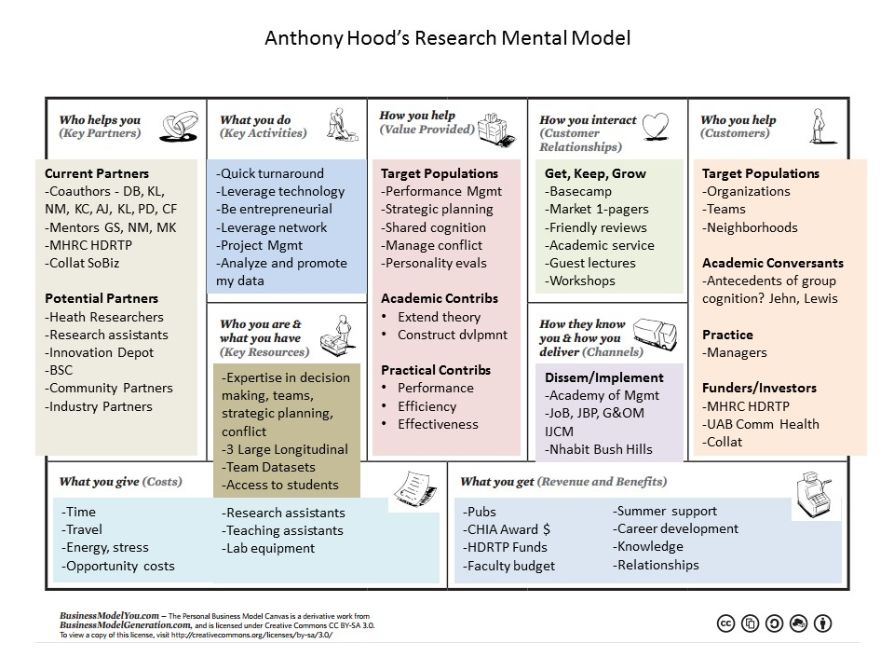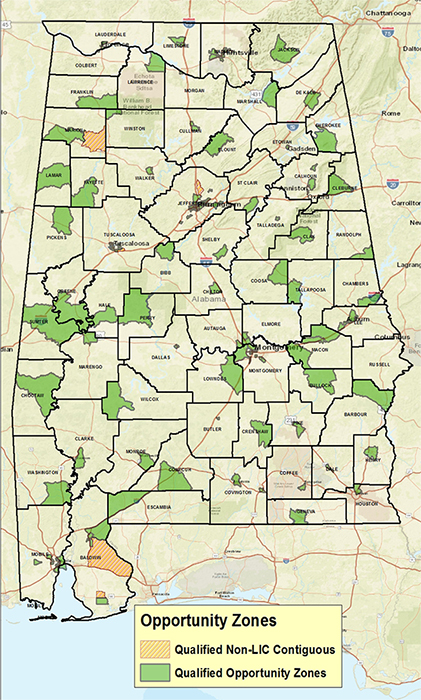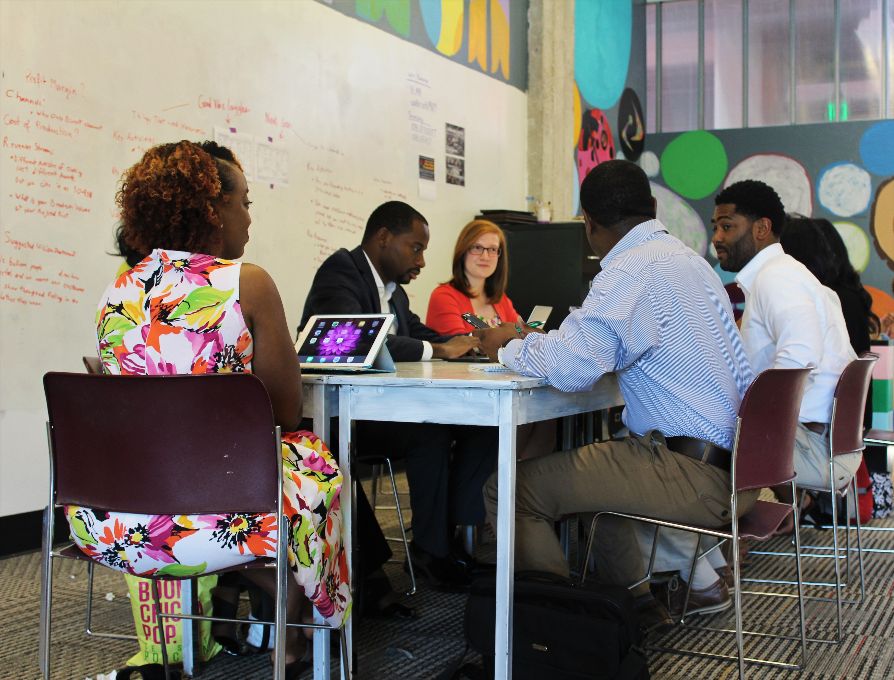The business model canvas has quickly become my go-to tool when helping individuals and teams develop structure around their new and innovative ideas. Over the past several years, I have facilitated the development of business models for small businesses, case competitions, schools, philanthropic organizations, neighborhoods, startups, and even high school students. I’m now looking to help clinicians, basic scientists and other academics view their careers, research and grant development activities through the lens of business strategy and entrepreneurship. I often do this through professional skills development workshops.
My teaching and research are derived largely from own challenges. At one point, I was really struggling to gain traction and get my research off the ground—a failure to launch if you will. That is, until I decided to practice what I preach. I realized that as much as I was helping everyone else develop their business models, my own business—the business of research–was struggling. I had to accept that I had neglected to adequately articulate, visualize, much less validate the business model underlying my academic career. So I asked myself, “If you were an entrepreneur, rather than a professor, would you think differently about your work? If your research were a startup, rather than a paper, grant or project, what would your research business model look like? Who would be on your startup team?”
Grappling with these questions has forced me to challenge my prior assumptions, my mindset and my current ways of working. I have begun to draw upon many of the principles I teach in my courses—principles such as the lean startup, translational science, and stratemy. Applying these principles to my career led me to construct the following:

I call this canvas my Research Mental Model, or RMM for short. Now, this RMM will not mean much to you, but it means everything to me. For example,
- My RMM details the contributions my research makes in terms of its potential for societal, theoretical, managerial and economic value creation.
- My RMM details the specific target populations and consumers of my research.
- My RMM details the channels through which my research is translated, disseminated and delivered to the end consumers of my research.
- My RMM details strategies for recruiting, retaining and growing participation in and consumption of my research.
- My RMM details the actual and potential costs of my research.
- My RMM details how I plan to pay for and financially sustain my research (beyond grants and salary).
- My RMM details my research partners, coauthors and other team members that support my research.
- My RMM details the various activities necessary to advance my research (data collection, analysis, presenting, IRB, etc).
- My RMM details the available tangible and intangible resources that support my research.
In this way, my RMM is a strategic plan that gives structure to my day-to-day activities and keeps me grounded and focused on the big picture (primarily attaining tenure!). My RMM forces me to approach my research, teaching and service responsibilities with an entrepreneurial mindset. It also provides the basis for a collaboration plan that I can use to build a successful and productive startup team.
I’m still not where I want to be career-wise, but I’m in a much better position than I was before I adopted this strategic entrepreneurial posture. For example, last year my “startup team” and I won a best paper award at the annual meeting of the Academy of Management for our work on transactive memory and conflict in teams—an accomplishment I attribute to this change in strategic posture.
Since then, I have been “beta testing” this strategic entrepreneurial approach with various audiences at my institution including:
- UAB Summer Cancer Research Training Program
- UAB Translational Medicine Course for Post-Docs
- UAB Center for Clinical and Translational Scientists (CCTS) Professional Skills Development Workshops
- UAB Leadership Education in Adolescent Health Program
- UAB CCTS Research Training Program
- UAB Minority Health Research Disparities Training Program
- UAB Collat School of Business Accounting Career Awareness Program
- UAB Strategic Management Capstone
- UAB Entrepreneurship Club
- UAB Innovating Healthcare Freshman Seminar
- UAB Collat School of Business African-American Male Success Initiative
The next steps are to begin systematically evaluating this approach as a training intervention. If the empirical data support the intervention, this could be used as a new tool used to advance the science of team science, clinical and translational science, commercialization and other emerging fields of academic inquiry. For more, see the following:
http://grants.nih.gov/grants/guide/pa-files/PAR-14-261.html
http://sbir.cancer.gov/resource/icorps/
http://news.sciencemag.org/biology/2014/04/nih-looking-kick-start-biotech-startups
http://nsf.gov/news/news_summ.jsp?cntn_id=131760
If there is interest, I will elaborate on each block of my RMM canvas in future posts. In the interim, the following links may provide a quick primer on the art and science of mental modeling in business contexts:
www.businessmodelgeneration.comwww.entrepreneurship.org/bmc
Anthony C. Hood, PhD is an Assistant Professor of Business Strategy and Entrepreneurship in the Collat School of Business at the University of Alabama at Birmingham. His research and teaching are focused on the effects of social networks, personality, shared cognition and communication on creativity, innovation and performance in interdisciplinary teams. He is particularly interested in replicating and translating his current research in the context of science and research teams.




